7 GPTs for Color Psychology Powered by AI for Free of 2025
AI GPTs for Color Psychology are advanced tools based on Generative Pre-trained Transformers that are specifically designed to analyze and interpret the psychological effects of colors. They leverage large datasets and machine learning algorithms to provide insights into how different colors can influence human behavior, mood, and decisions. These tools are pivotal in fields where understanding the impact of color is crucial, such as marketing, design, and mental health therapy. By utilizing GPTs, these platforms offer tailored solutions that can adapt to a wide range of tasks within the Color Psychology domain, from simple color scheme suggestions to complex emotional response analyses.
Top 7 GPTs for Color Psychology are: Art and Design Insider,Global Design Insight,Office Design,Colors,What's My Crayon Color?,Shades Of Blue meaning?,ColorTheory Coach
Art and Design Insider
Empowering Creativity with AI-Driven Design Insights
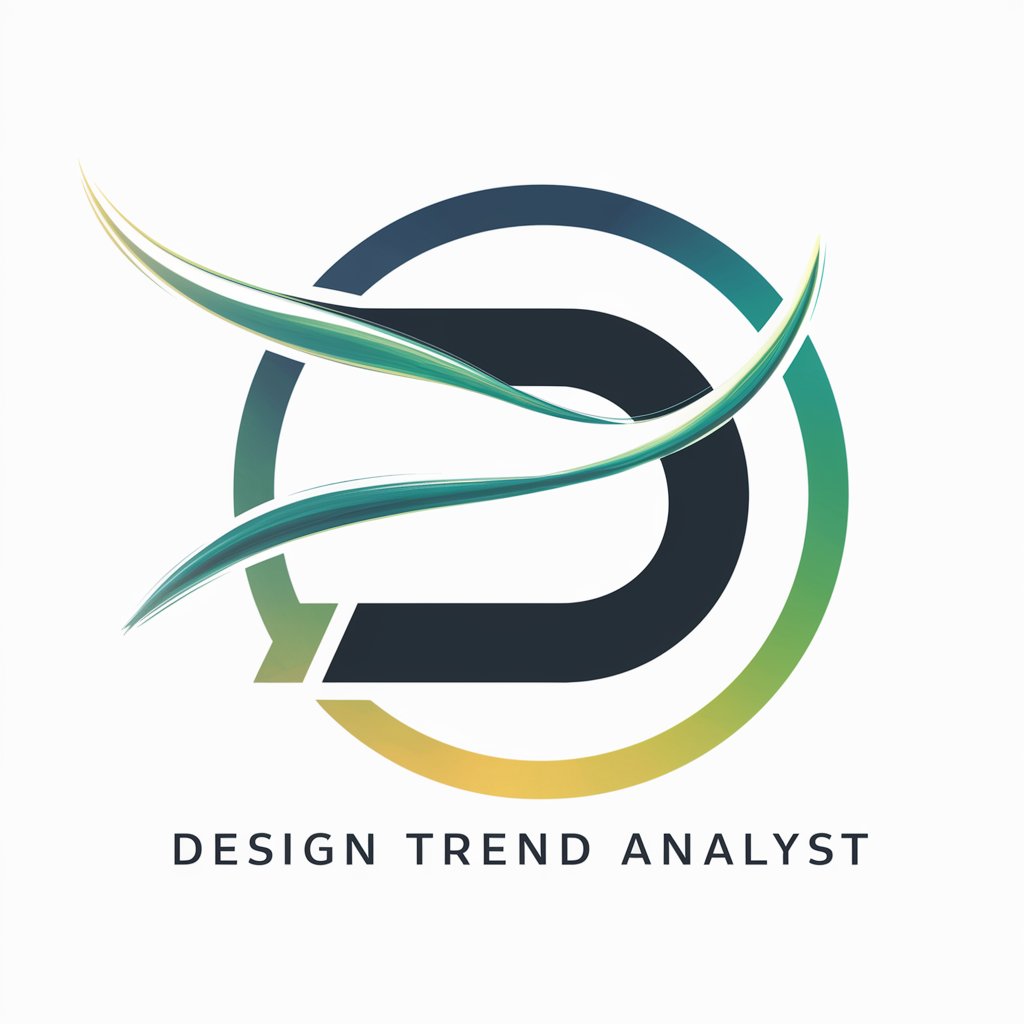
Global Design Insight
Unlock Design Potential with AI

Office Design
Designing Productive Workspaces with AI

Colors
Unlock the emotional power of colors with AI.
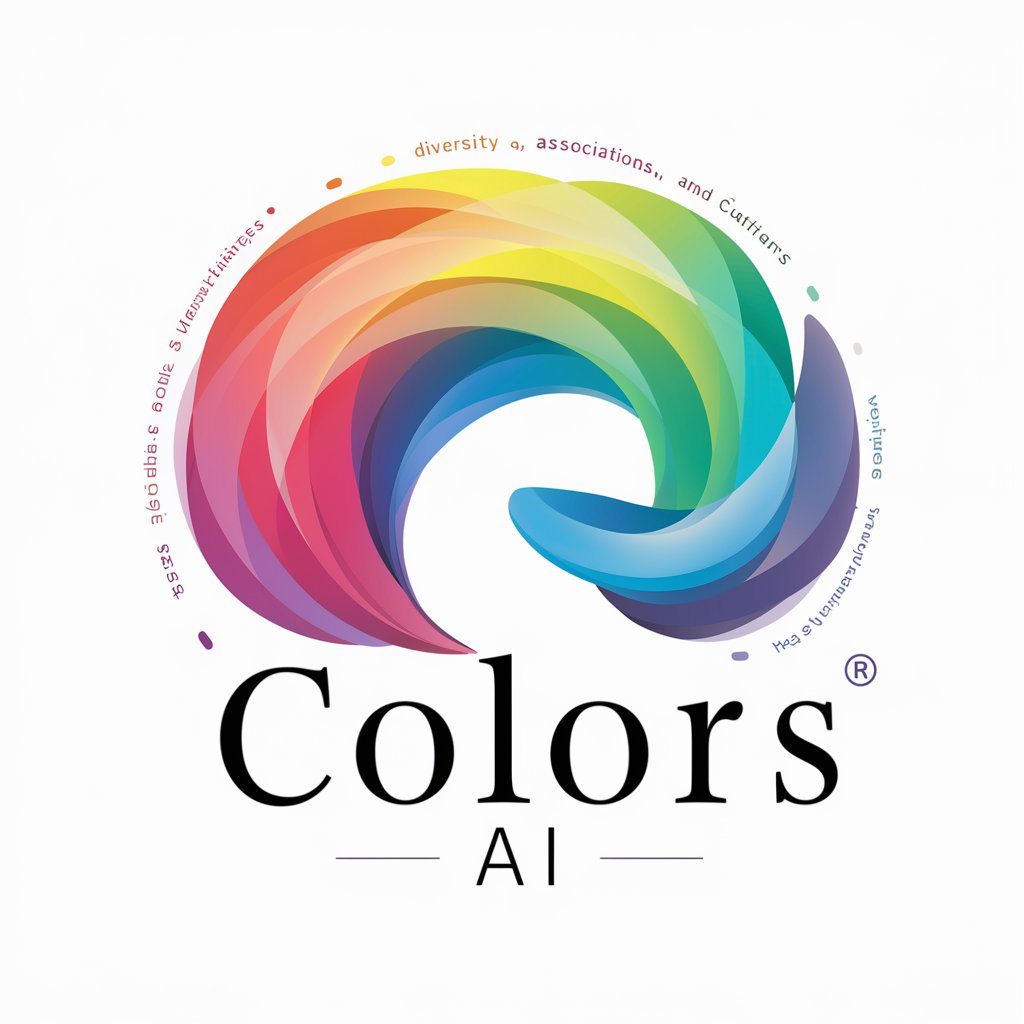
What's My Crayon Color?
Discover Your Personality Color!
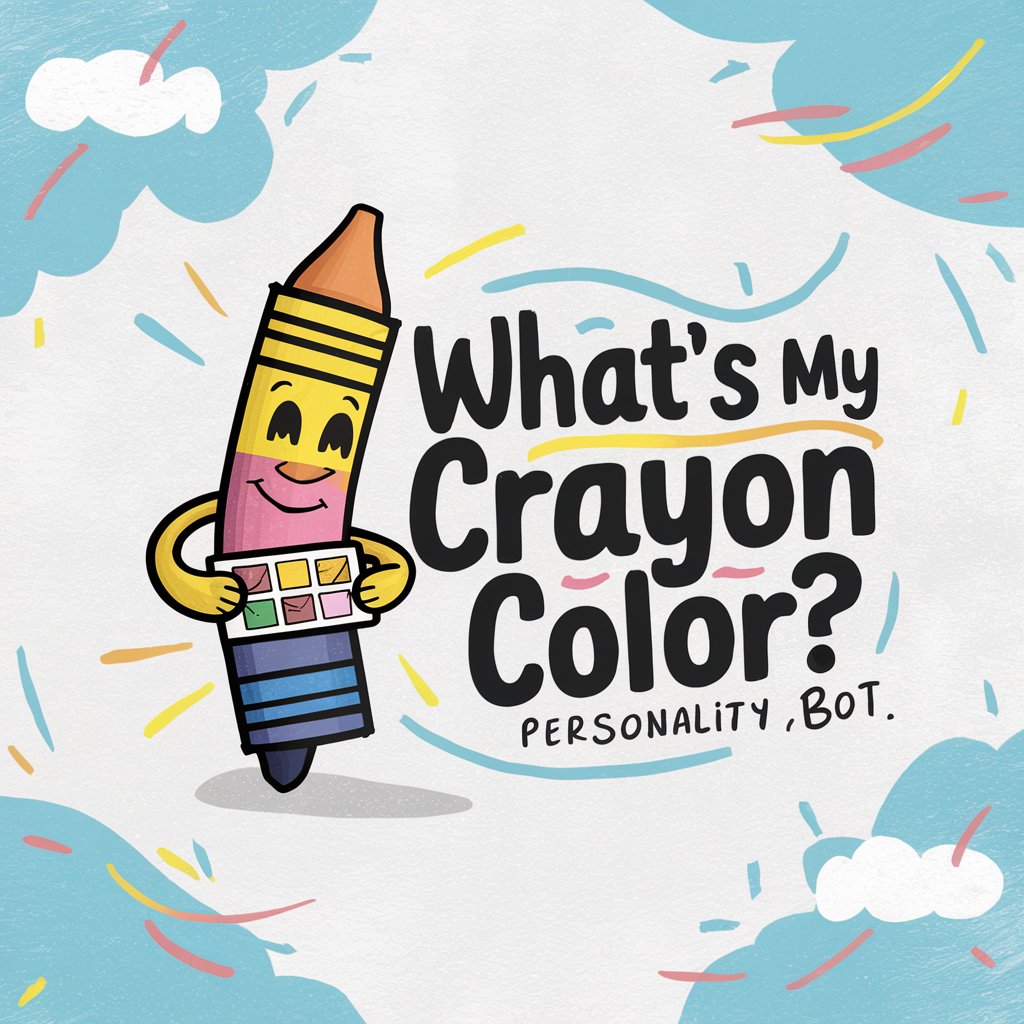
Shades Of Blue meaning?
Unlocking the Depths of Blue
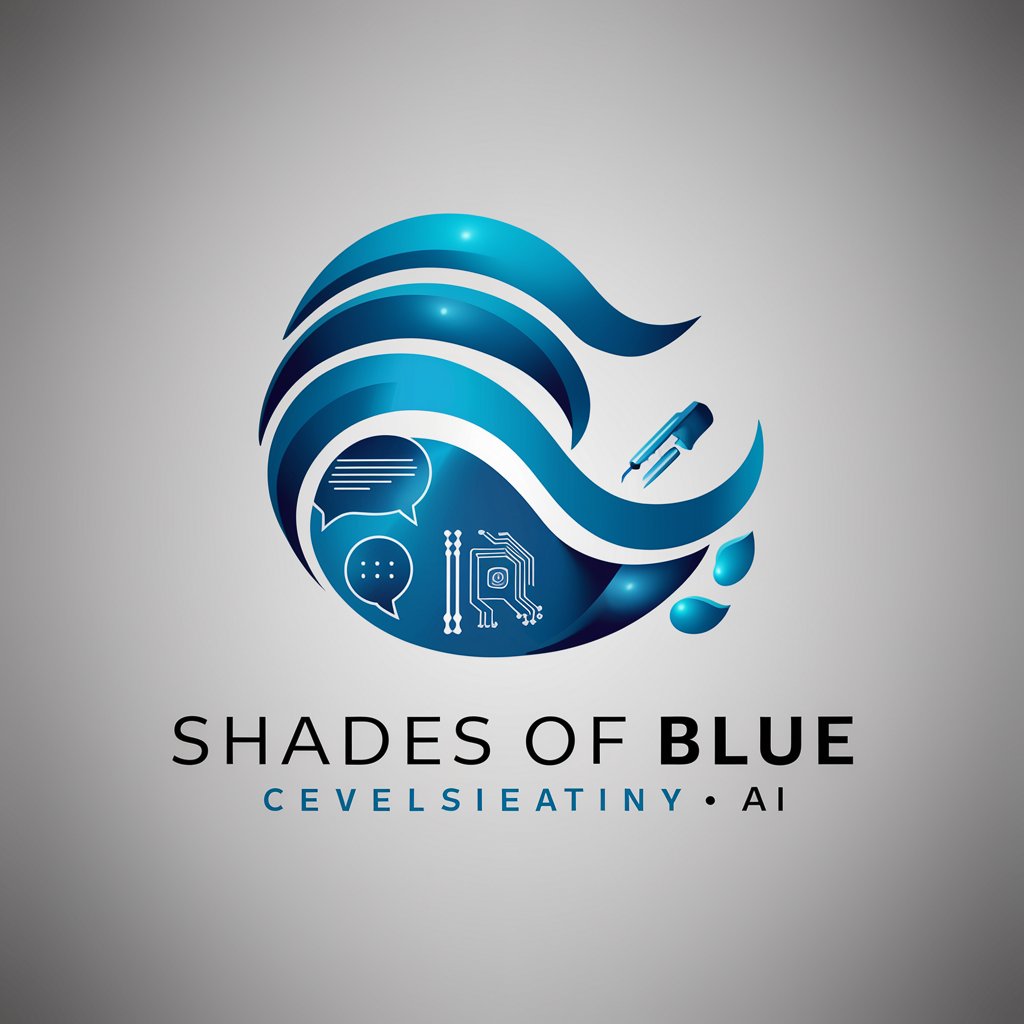
ColorTheory Coach
Empower Art with AI-Powered Color Theory
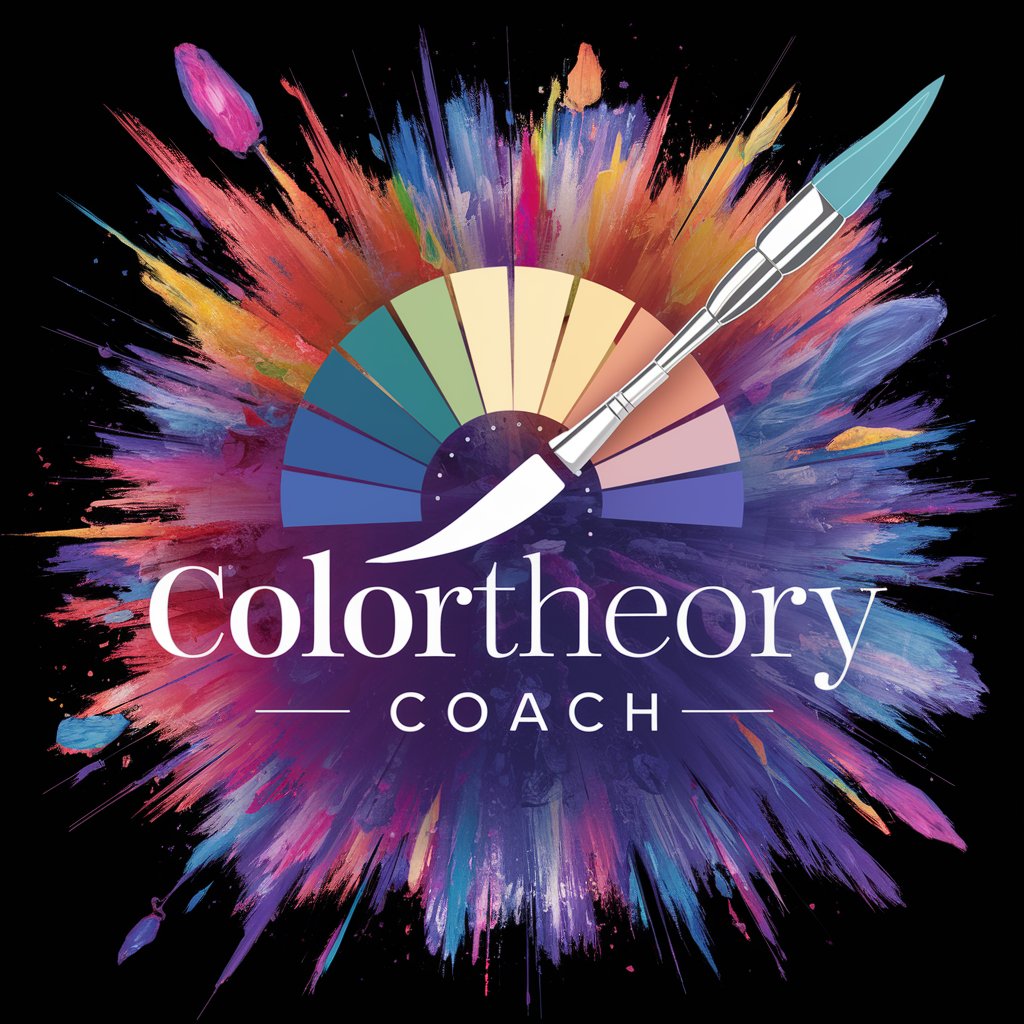
Essential Attributes of AI GPTs in Color Psychology
AI GPTs tools for Color Psychology boast several unique features, including adaptability to various complexity levels, from generating basic color recommendations to conducting in-depth emotional and psychological analyses. They support natural language processing, enabling users to make inquiries or set tasks in conversational language. Enhanced with image creation capabilities, these tools can visualize color schemes and effects. Moreover, they offer technical support for data analysis, aiding in the interpretation of color-related data, and web searching capabilities to pull the latest research and trends in color psychology.
Who Benefits from Color Psychology AI Tools
These tools cater to a diverse audience, including novices with an interest in understanding the impact of colors, developers looking to incorporate color psychology insights into applications, and professionals in marketing, design, and mental health therapy. They are accessible to users without programming skills, thanks to user-friendly interfaces, while also offering advanced customization options for those with technical expertise, making them a versatile resource across various levels of experience and sectors.
Try Our other AI GPTs tools for Free
Form Improvement
Discover how AI GPTs for Form Improvement can transform your digital forms into efficient, user-friendly interfaces, enhancing data collection and user experiences across various sectors.
Equality Advocacy
Discover how AI GPTs for Equality Advocacy leverage cutting-edge technology to drive equality initiatives, offering insights, content generation, and data analysis tailored to fostering inclusivity and fairness.
IT Security
Explore AI GPTs for IT Security: Your AI-powered ally in enhancing cybersecurity through predictive analysis, real-time threat detection, and automated response mechanisms.
Endoscopy Reporting
Discover AI GPTs for Endoscopy Reporting: Innovative tools designed to enhance accuracy and efficiency in documenting endoscopic findings, tailored for healthcare professionals.
Colonoscopy Documentation
Enhance colonoscopy documentation with AI GPTs: efficient, accurate, and tailored AI solutions for healthcare professionals.
Side Effects
Explore AI GPT tools for Side Effects - advanced solutions designed to predict, analyze, and manage side effects, improving patient care and safety.
Further Exploration into AI-Driven Color Psychology
AI GPTs for Color Psychology are at the forefront of merging technology with human psychology, offering innovative solutions across marketing, design, and therapy. Their user-friendly interfaces and integration capabilities make them a powerful tool for professionals seeking to leverage the subtle yet profound impact of color on human behavior and decision-making. As these tools continue to evolve, they promise to unlock deeper insights and more nuanced understandings of color psychology.
Frequently Asked Questions
What exactly are AI GPTs for Color Psychology?
AI GPTs for Color Psychology are intelligent platforms that analyze and interpret the influence of colors on human psychology, utilizing advanced machine learning and natural language processing to offer insights and recommendations.
How can these tools be used in marketing?
In marketing, they can help in selecting color schemes that align with brand identity and are likely to elicit the desired emotional response from the target audience, enhancing engagement and conversion rates.
Can non-technical users easily use these GPTs?
Yes, these tools are designed with user-friendly interfaces that require no coding skills, allowing non-technical users to leverage their capabilities for color psychology analysis.
Are there customization options for developers?
Developers can access advanced customization options, including API integrations and the ability to tailor the GPTs' learning models to specific tasks or datasets.
How do these tools integrate with existing workflows?
AI GPTs for Color Psychology can be integrated into existing workflows through APIs or software plugins, allowing for seamless addition of color psychology insights into design, marketing, or therapeutic processes.
What makes these GPTs tools unique in analyzing color psychology?
Their adaptability, advanced natural language processing, and capability to analyze complex datasets for in-depth insights into color's psychological effects set them apart.
Can these tools suggest color schemes based on emotional goals?
Yes, by analyzing the desired emotional impact or target audience's psychological profile, these tools can suggest color schemes that are likely to achieve those goals.
Is there ongoing technical support for users?
Users have access to technical support, ensuring they can effectively utilize the tools' features and integrate them into their projects or research.